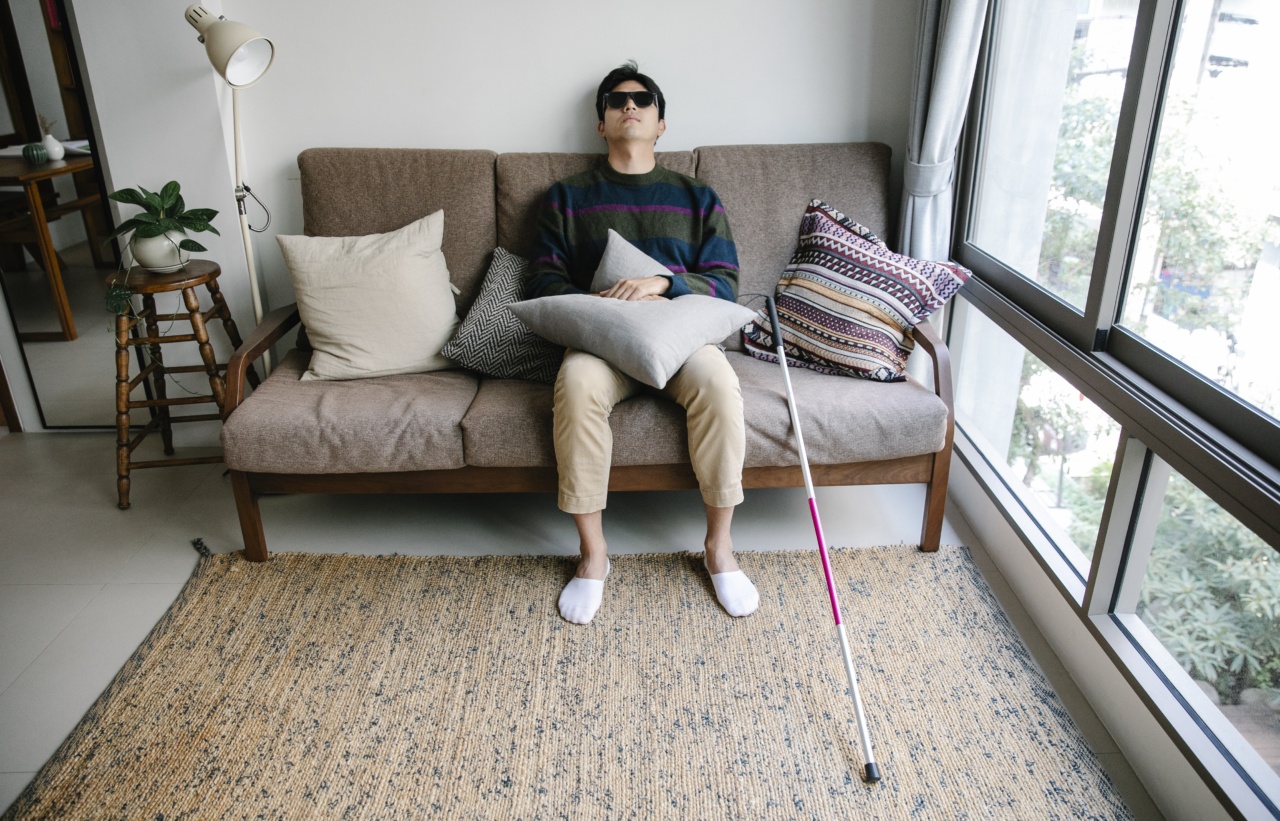Sleep paralysis is a phenomenon that occurs during sleep, which can be both fascinating and terrifying for those who experience it.
This guide aims to provide beginners with a comprehensive understanding of sleep paralysis, including its causes, symptoms, and potential treatments.
What is Sleep Paralysis?
Sleep paralysis is a temporary inability to move or speak that occurs during the transition between sleep and wakefulness.
It typically lasts a few seconds to a few minutes and can be accompanied by vivid hallucinations and a sense of pressure on the chest.
Causes of Sleep Paralysis
There are two types of sleep paralysis: isolated sleep paralysis and sleep paralysis as a symptom of another sleep disorder. Isolated sleep paralysis occurs without the presence of any underlying medical condition or sleep disorder.
On the other hand, sleep paralysis as a symptom can be associated with conditions such as narcolepsy, sleep apnea, or insomnia.
Certain lifestyle factors, such as an irregular sleep schedule, excessive stress, or sleep deprivation, can also increase the likelihood of experiencing sleep paralysis.
Signs and Symptoms
The primary symptom of sleep paralysis is the inability to move or speak. This can be accompanied by a feeling of pressure on the chest, difficulty breathing, and hallucinations.
These hallucinations can range from mild distortions of reality to intense and frightening experiences.
During an episode of sleep paralysis, individuals may also experience a heightened sense of anxiety or fear. It is not unusual to feel a presence in the room or to believe that someone or something is watching or approaching you.
Understanding the Sleep Cycle
To comprehend sleep paralysis, it is important to have a basic understanding of the sleep cycle. Sleep consists of two main types: rapid eye movement (REM) sleep and non-rapid eye movement (NREM) sleep.
NREM sleep is divided into four stages, with stage 1 being the lightest and stage 4 being the deepest.
REM sleep, often associated with dreaming, occurs periodically throughout the night and is characterized by rapid eye movement, increased brain activity, and muscle paralysis (known as REM atonia).
The Role of REM Atonia
REM atonia, the state of temporary muscle paralysis during REM sleep, is a crucial mechanism that prevents us from acting out our dreams and potentially causing harm to ourselves or others.
Sleep paralysis occurs when this muscle paralysis continues after waking up, leaving individuals unable to move.
The Science Behind Sleep Paralysis
When we sleep, our brain releases chemicals that inhibit muscle movement and allow us to remain still during REM sleep.
In the case of sleep paralysis, these chemicals are not effectively regulated, resulting in the continuation of muscle paralysis even after waking up.
Additionally, during REM sleep, the brain is highly active, creating dream-like hallucinations.
When sleep paralysis occurs, the brain may partially wake up while the body remains paralyzed, leading to the perception of unusual and often unsettling experiences.
Who is at Risk?
Sleep paralysis can affect anyone, but certain factors may increase the likelihood of experiencing it:.
- Sleep Disorders: Conditions such as narcolepsy, sleep apnea, insomnia, and restless leg syndrome can increase the risk of sleep paralysis.
- Family History: If a family member experiences sleep paralysis, there may be a slightly higher chance of developing it.
- Sleep Deprivation: Lack of quality sleep or consistently not getting enough sleep can make individuals more prone to sleep paralysis.
- Irregular Sleep Schedule: Frequent changes in sleep patterns or an inconsistent sleep schedule can disrupt the sleep cycle and trigger sleep paralysis.
- Stress and Anxiety: Excessive stress or anxiety can disrupt sleep patterns and increase the likelihood of experiencing sleep paralysis.
Managing and Coping with Sleep Paralysis
While sleep paralysis can be a frightening experience, there are several strategies that can help manage and cope with it:.
- Establish a Sleep Routine: Maintaining a consistent sleep schedule can regulate the sleep cycle and reduce the likelihood of sleep paralysis occurring.
- Manage Stress Levels: Practicing stress-reducing techniques, such as meditation, deep breathing exercises, or engaging in hobbies, can promote better sleep quality.
- Avoid Sleep Deprivation: Prioritize getting enough sleep each night to minimize the risk of sleep paralysis.
- Create a Relaxing Sleep Environment: Make your bedroom a comfortable and calming space, free from distractions and conducive to quality sleep.
- Consider Therapy: In some cases, therapy or counseling may be helpful in managing sleep-related disorders and associated anxiety.
When to Seek Medical Advice
While sleep paralysis is generally harmless and resolves naturally, it is advisable to consult a healthcare professional if:.
- Episodes Persist: Sleep paralysis episodes occur frequently, causing distress and significantly impacting daily life and sleep quality.
- Accompanied by Other Symptoms: Sleep paralysis is accompanied by other symptoms such as excessive daytime sleepiness, sudden loss of muscle control, or cataplexy.
- Interferes with Breathing: If sleep paralysis episodes involve difficulty breathing or a sense of choking, immediate medical attention should be sought.
Treatment Options
There is no specific medication for sleep paralysis. However, treating any underlying sleep disorders, such as narcolepsy or sleep apnea, may alleviate associated sleep paralysis episodes.
Lifestyle changes, such as improving sleep hygiene and reducing stress levels, can also be effective in managing and reducing the occurrence of sleep paralysis.
Conclusion
Sleep paralysis is a fascinating yet often distressing phenomenon that affects many people globally. Understanding its causes, symptoms, and management techniques can provide comfort and reassurance to those who experience it.
By prioritizing healthy sleep habits, managing stress, and seeking medical advice if necessary, individuals can effectively cope with sleep paralysis and improve their overall sleep quality.































